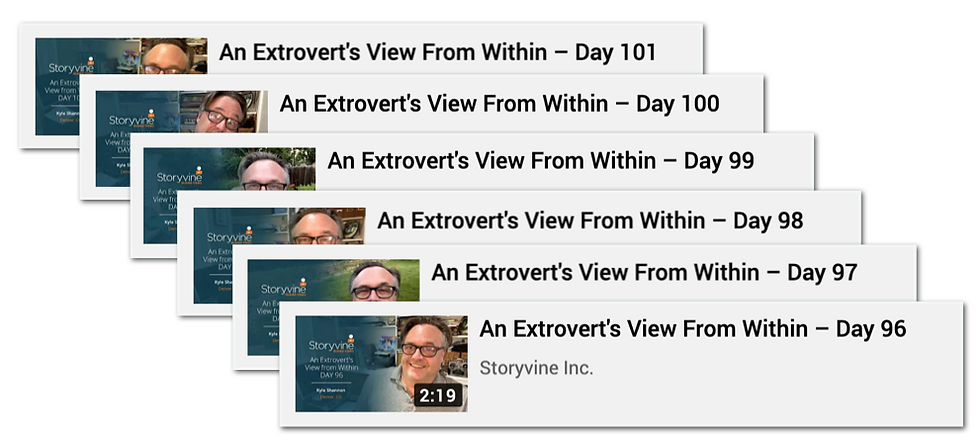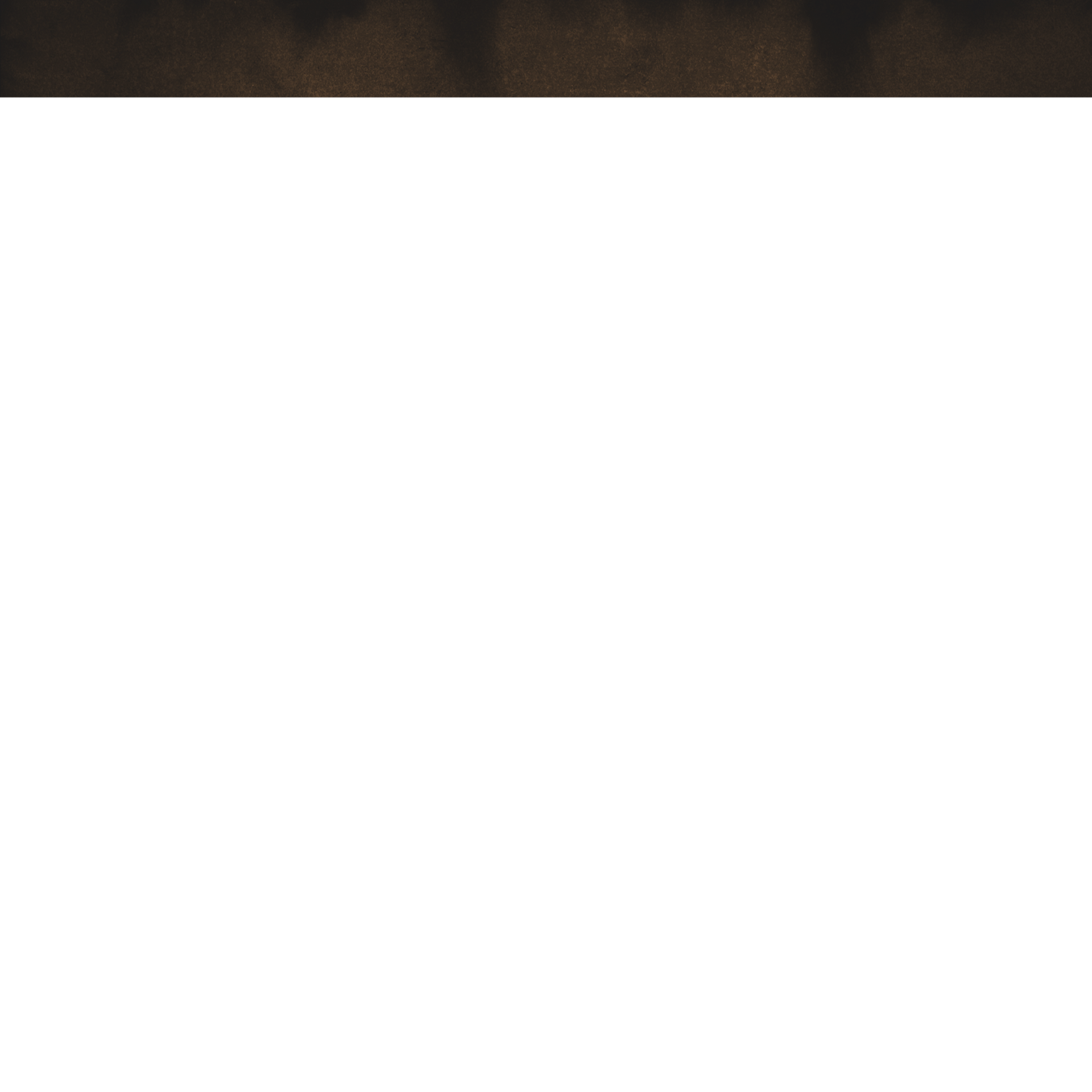The Power of Serialized Storytelling
- Karen Woodward

- Jun 26, 2020
- 3 min read
Updated: Aug 2, 2021

Every day since Colorado called for home quarantine, our co-founder/CEO/resident extrovert Kyle Shannon has finished his day by creating a video diary that he calls “An Extrovert’s View From Within.” He thought he would only be doing it for two or three weeks.
On Tuesday, June 23rd, Kyle marked 100 days in home quarantine isolation.
At first, his videos were about getting used to the changes in his work life, how he was coping as an extrovert. But slowly his videos became less about the pandemic, and more about his daily life – successes, failures, home projects, what his family was up to, etc. Kyle’s “normal” became working from home, and as viewers, we got used to that. We got to know his dog Champ, laughed (maybe rolled our eyes) at his car racing video game, and teased him about his messy office that was so like our own disorganized space. This was Kyle’s new normal, and we had slowly slid into it with him.
We’ve all slid into a new normal without even realizing it. All of our frames of reference have changed – Zoom jokes, homeschooling frustrations, dog/cat/child introductions are commonplace – and we rolled with it. We may have dealt with it like Kyle, or in our way, but day by day we reached a new normal.
What is Serialized Storytelling?
Each of Kyle’s 100 days is an episode of one person’s daily life. But all the small stories add up to a larger one – a story about the human spirit. We call this longitudinal storytelling, but might be better understood as serialized storytelling.
Your favorite TV shows are good examples of serialized content. Part of the reason that you watch 'Ozark' or 'The Wire' or 'Mad Men' is to check in with characters who begin to feel like friends or family. Each episode then adds up to become something much bigger. Would the ending of 'Breaking Bad' have been as satisfying if you hadn’t experienced Walter’s entire journey? Don’t you want to go back and watch episodes (or the whole series!) now that you know how it ends?
How You Can Use Serialized Storytelling
What is your story? Who can best tell it? Most stories don’t happen in a single moment. The story is the culmination of smaller episodes. Here are some real world examples of serialized storytelling:
Inspirational diaries of people trying to quit smoking or trying to lose weight, and the satisfaction and frustration that goes with that. Sharing a daily diary helps with accountability and a feeling of connection with a community of people trying to achieve the same goal.
Mental health diaries of people coping with a health diagnosis. The ups and downs they experience can help other people diagnosed with the same thing and make them feel less alone.
Training diaries: Olympic hopefuls training to make it to the games. Follow one athlete's – or many athletes’ – journey as they clear literal and figurative hurdles. Go back and re-experience a day when they were ready to quit the sport to remind yourself to keep focusing on your own dreams.
See how all the stories add up to a larger one? They may even lead to yet another story. For example, when Kyle returns to the Storyvine office, how will he have changed in his approach to work? We may have to convince him to start another video diary serialized story.
Watch each episode of Kyle Shannon’s “An Extrovert’s View From Within” here.


Comments